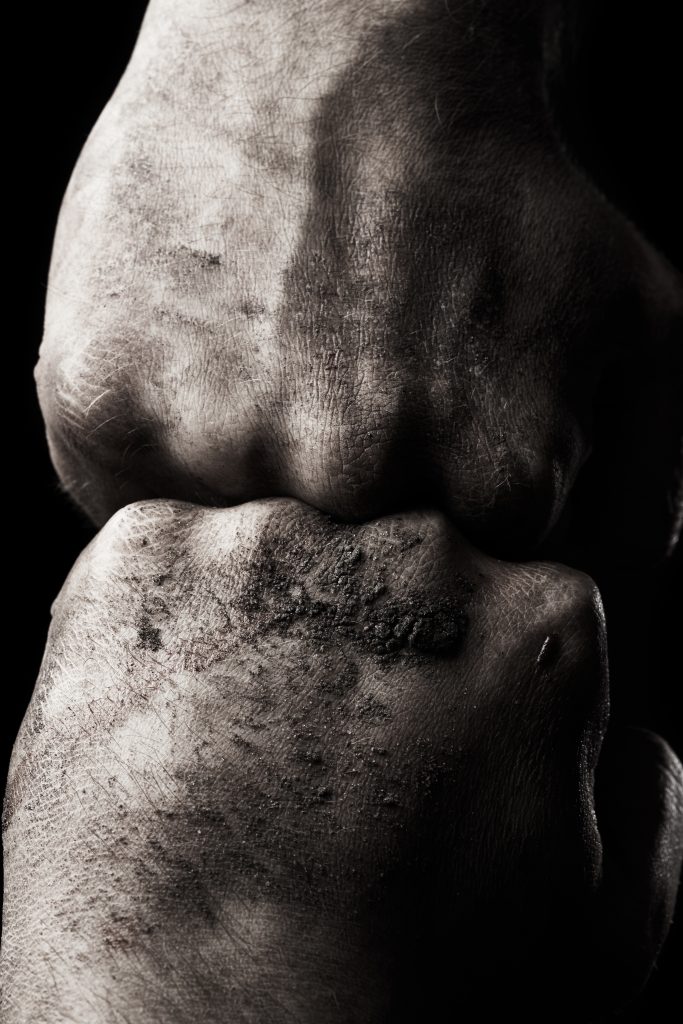
5 Steps to Dissolving Your Resistance
Self-compassion is a strong predictor of health and growth. It breathes us into being more open and available. Flexible and decisive. Powerful. It provides us with the space to learn from our mistakes without resorting to shame or self-derision.
If you’ve been struggling to cultivate this way of being, you know that it can feel elusive. Maybe even impossible.
My clients often tell me they have no idea how to ‘feel’ compassion. “How do I actually do that?” “This isn’t logical.” Or, “This is the way I’ve always been so I’m not sure I can do it.”
The Dalai Lama has said that compassion is the basic state of the human mind. So what makes it so difficult for us to practice it?
Feel free to contact me if you recognize yourself in this story!
Yes, I’m ready

Why Do We Resist It?
As soon as anything goes wrong in your world, you may notice that you’re more self-critical. This is natural. When we feel threatened, we react to protect: fight, flight, freeze. In these moments, it can feel counterintuitive to go to self-compassion.

We Resist it Because We’re Afraid of:
- The unknown (we may not understand what compassion actually is);
- Being vulnerable in the face of threat;
- Being overwhelmed by our emotions (we don’t yet know how to be with them);
- Our own unworthiness (we believe that we are separate, unique, flawed);
- The threat of the unexpected (we feel small and don’t believe we can deal with what comes next).
Here’s the paradox: You need to see that fear is the resistance in order to dissolve it.
5 Steps to Dissolving Your Resistance to Self-Compassion
1. Know what self-compassion actually is:
- It’s the act of being open, strong, and courageous in the presence of vulnerability.
Brené Brown says, “Vulnerability is not weakness; it’s our greatest measure of courage,” - It’s recognizing your suffering, paying attention to the hurt place with non-judgment, and bringing a felt sense of loving acceptance of the situation just the way it is.
- It shows us the truth of our shared humanity. It helps us remember our connectedness.
- It’s about showing respect and responsibility toward our community. It’s not self-indulgent. When we are strong, we are strong for others.
- It’s logical because the brain rewards itself when it practices self-compassion.

2. Pay attention to the resistance:
- Journal all your thoughts about how you resist. Get to know your version. What does it sound like? Look like? What kinds of choices do you make when you’re resisting self-compassion?
- Notice – in the moment – when your resistance shows up. Noticing is the beginning of making a change.
3. Start where you are:
- Begin with the first small thing that goes wrong.
- Accept that you’ll wobble and resort to old habits – and be kind with that too.
- Focus on the process, not the outcome.
- Repeat the process of ‘starting where you are’ every day of your life.

4. Commit to ‘being with’ your suffering:
- Visualize your future self as a warrior: strong, wise and ready.
- Choose a quiet moment to ask yourself, “Where does it hurt?”
- Be open to feeling the suffering. Allow it. Experience it in your body, not your head.
- Pay attention with kindness and curiosity. Let yourself be touched by the hurt.
- If you feel uncomfortable being with it, or you’re afraid of being overwhelmed, dial it down. Go slowly.

5. Nurture the resistance:
- Be compassionate with any resistance that surfaces. It’s part of your experience and it belongs too.
- Forgive yourself for all the ways you resist self-compassion. Shine a gentle light on the fear at the root of the resistance. You might say to yourself, “I forgive myself for doing that thing I do when I’m afraid.”
- Ask the fear, “What do you need? To be reassured? Loved? Protected? Understood?”
- You can put your hand on your heart so that you have a body sensation of connection as you give your resistance what it needs.
- If all this feels out of reach, imagine holding a puppy or kitten. How is your resistance now?
You don’t need to resist self-compassion. It’s here to serve you and the world around you. It’s both nurturing and fierce. It’s the power behind strong boundaries and social justice. It’s about putting love into meaningful action.
Have at it.
Are you ready for transformational change?
Yes, I’m ready




 How to Surrender: Coaching our Overachiever
How to Surrender: Coaching our Overachiever




Thanks for sharing. I read many of your blog posts, cool, your blog is very good. gate konto
Your article helped me a lot, is there any more related content? Thanks! b”asta binance h”anvisningskod
Thanks for sharing. I read many of your blog posts, cool, your blog is very good. binance
Your article helped me a lot, is there any more related content? Thanks! binance
Your point of view caught my eye and was very interesting. Thanks. I have a question for you.
I don’t think the title of your article matches the content lol. Just kidding, mainly because I had some doubts after reading the article.
Thank you for your sharing. I am worried that I lack creative ideas. It is your article that makes me full of hope. Thank you. But, I have a question, can you help me?
Can you be more specific about the content of your article? After reading it, I still have some doubts. Hope you can help me.
Hey there.
lyndahoffman.com, Thanks for the time and heart you put into posting and moderating.
I recently published my ebooks and training videos on
https://www.hotelreceptionisttraining.com/
They feel like a rare find for anyone interested in hospitality management and tourism. These ebooks and videos have already been welcomed and found very useful by students in Russia, the USA, France, the UK, Australia, Spain, and Vietnam—helping learners and professionals strengthen their real hotel reception skills. I believe visitors and readers here might also find them practical and inspiring.
Unlike many resources that stay only on theory, this ebook and training video set is closely connected to today’s hotel business. It comes with full step-by-step training videos that guide learners through real front desk guest service situations—showing exactly how to welcome, assist, and serve hotel guests in a professional way. That’s what makes these materials special: they combine academic knowledge with real practice.
With respect to the owners of lyndahoffman.com who keep this platform alive, I kindly ask to share this small contribution. For readers and visitors, these skills and interview tips can truly help anyone interested in becoming a hotel receptionist prepare with confidence and secure a good job at hotels and resorts worldwide. If found suitable, I’d be grateful for it to remain here so it can reach those who need it.
Why These Ebooks and Training Videos Are Special
They uniquely combine academic pathways such as a bachelor of hospitality management or a master’s degree in hospitality management with very practical guidance on the hotel front desk job duties. They also cover the hotel front desk receptionist job description, and detailed hotel front desk duties and responsibilities.
The materials go further by explaining the reservation systems in hotels, hotel check-in, check-out flow, guest service handling, and practical guest service recovery—covering nearly every situation that arises in the daily business of a front office operation.
Beyond theory, my ebooks and training videos connect the academic side of hospitality management studies with the real-life practice of hotel front desk duties and responsibilities.
– For students and readers: they bridge classroom study with career preparation, showing how hotel and management course theory link directly to front desk skills.
– For professionals and community visitors: they support career growth through questions for reception interview, with step-by-step interview questions for receptionist with answers. There’s also guidance on writing a strong receptionist description for resume.
As someone who has taught hospitality management programs for nearly 30 years, I rarely see materials that balance the academic foundation with the day-to-day hotel front desk job requirements so effectively. This training not only teaches but also simulates real hotel reception challenges—making it as close to on-the-job learning as possible, while still providing structured guidance.
I hope the owners of lyndahoffman.com, and the readers/visitors of lyndahoffman.com, will support my ebooks and training videos so more people can access the information and gain the essential skills needed to become a professional hotel receptionist in any hotel or resort worldwide.
Thanks again for all the work you do here.
Thank you for your sharing. I am worried that I lack creative ideas. It is your article that makes me full of hope. Thank you. But, I have a question, can you help me?
Thanks for sharing. I read many of your blog posts, cool, your blog is very good.
Your article helped me a lot, is there any more related content? Thanks!
Thank you for your sharing. I am worried that I lack creative ideas. It is your article that makes me full of hope. Thank you. But, I have a question, can you help me?